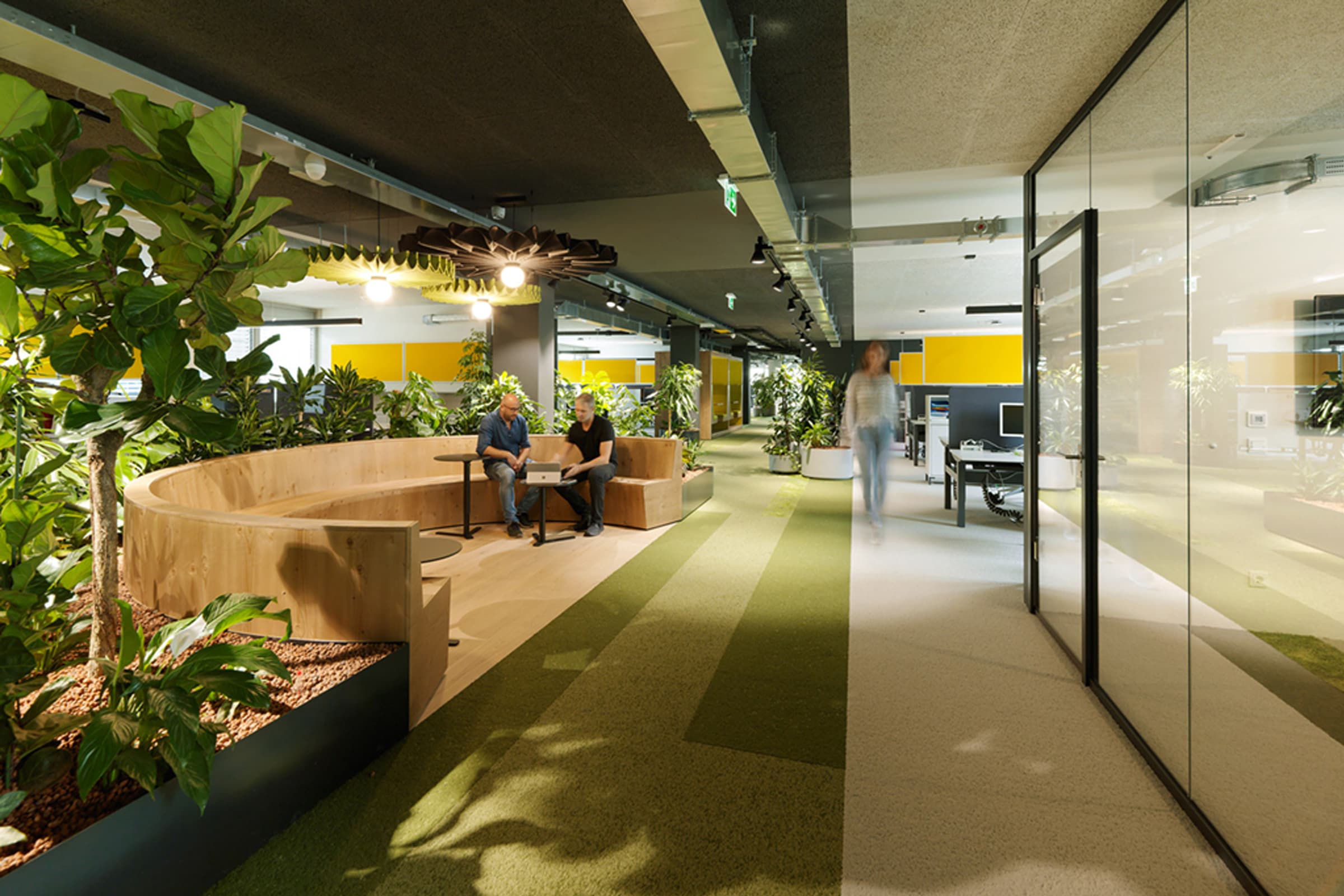The current crisis reveals once again that our society is facing some major challenges that come along with globalization, digitalization, urbanization, climate change and social inequality. We hope that this situation leads to a higher awareness and willingness to work globally together as a team on relevant issues. As the search for answers and solutions regarding those topics accompanied us for many years, we would like to introduce our working philosophy, called “New Holism – transdisciplinary approach to human-centered design.”
Inspired to work not only on aesthetically pleasing or functional entities, our firm turned its attention to pondering global shifts in modern society, where design requires multiple viewpoints. Going beyond this canvas opens the door to more randomized, customized, and experimental stages. An initial question: “what is the relevance behind surroundings and content?” has led to the cultivation of a consistent, collaborative practice that extends the scope of rigid design services. Many design efforts in the creative industry are based on solving short-term requirements rather than a holistic analysis of the task’s content and its relations for more extended design thinking that aims to create reflective and distinctive solutions. Independent of project scope or size, an idea’s mission can justify creating another physicality, be it architecture, interior, or product design, by searching for added values that are emotionally sustainable, functionally significant, and relevant to society and the environment. The concepts benefiting from complex challenges which require careful assimilation of context to people, places, and technology, can offer new narratives and experiences, overtaking a perception of something that is seen as merely “physical”. Furthermore, understanding design as a responsible link to users and their surroundings, merging even more the private and public, individual, and social, artificial, and natural aspects, results in a quest for objects and spaces with flexible performance.
The inevitable requirements of exteriors and interiors in a digitally-dominated world inspired the creation of products with authentic character uniting form, function, and values under one identity. Adding qualities that take people out of their daily routines, heighten awareness, and enhance exploration, the products encourage creative interaction. The team’s approach of infusing “soul” into the inanimate explores consciousness in design and its craft so that users are able to bond emotionally and intuitively to the subject. This open relationship between user and design confronts unsustainable consumption with a solid commitment to the environment. Ultimately, animated design conversations start when creators understand that people and their space within specific contexts matter, by seeing these subjects as natural circumstances of dynamic systems and not only creating consummate layouts. In general, the entire design process seeks to transform issues into resolutions with the belief that there is always an outcome with added value independent from challenges of budget, time, or regulations. By slowing down the constant intake through searching for individual sensations, this human-centered approach can foster creativity for a better future. It is the recognition that encourages enthusiastic action for new holistic solutions.
“New Holism,” a working philosophy developed for nearly two decades that is based on the team’s vision, analysis, and experience in different fields, tries to find answers to the challenges of our society and how they shape people’s behavior and impacts their spaces. This shift relates to new dialogues in interior design, as well as in architecture and product design. Today’s continuous exposure to technology, especially in how we live, work, and interact, poses many challenges on physical, mental, and cognitive levels that echo the necessity of putting humans and their elemental needs back front and center. Human-focused views seek to create balanced systems independent from the confines of the space – where participants experience personalization, creativity, innovation, well-being, biophilia, and social connectivity. This emerging new approach, blurring the boundaries between disciplines and categories, results in “New Hybrids.” These places use design as an aid to navigating the complexities of daily life by applying strategies that benefit people holistically, going far beyond the decorative image.
Image credits: Project image ©Paul Ott; headshot image ©FotoFurgler


